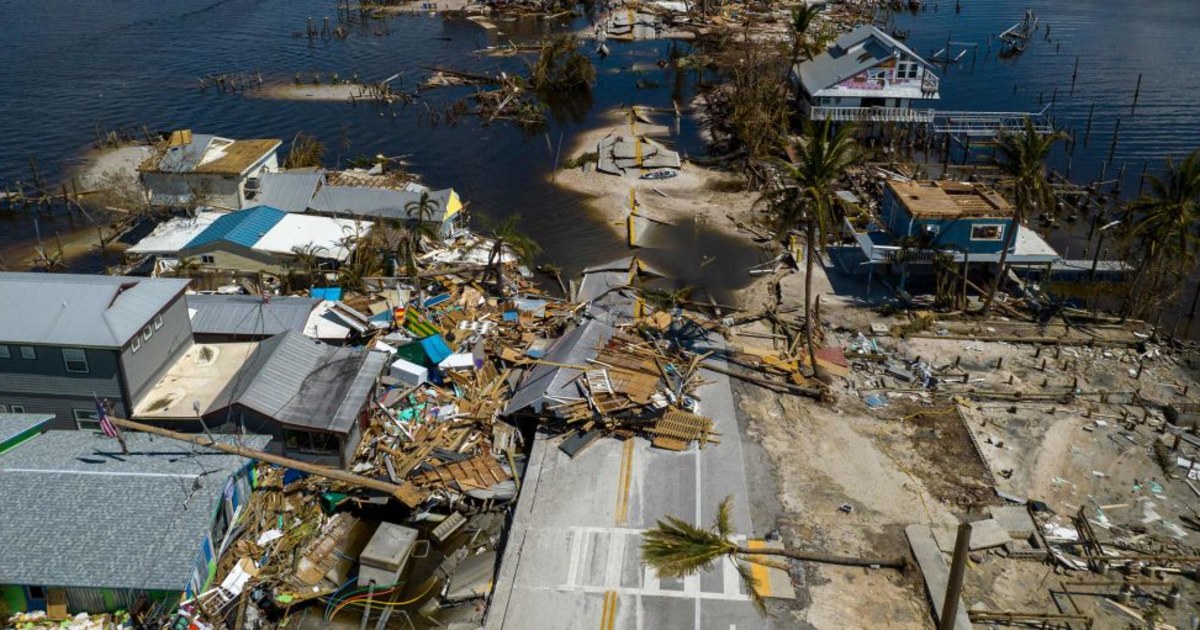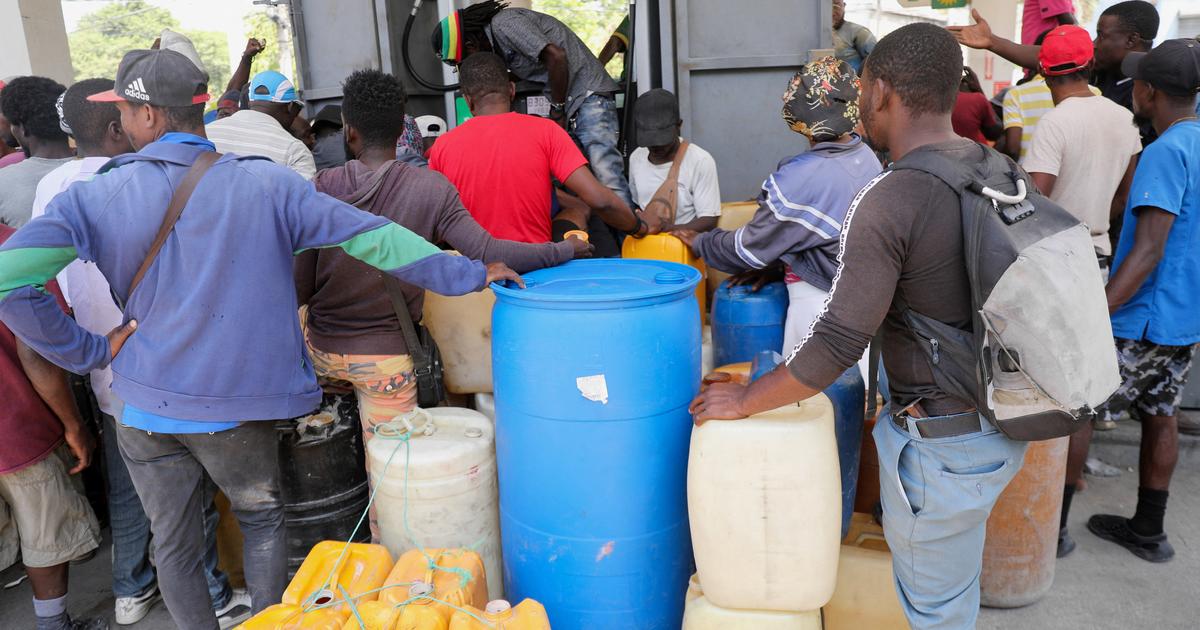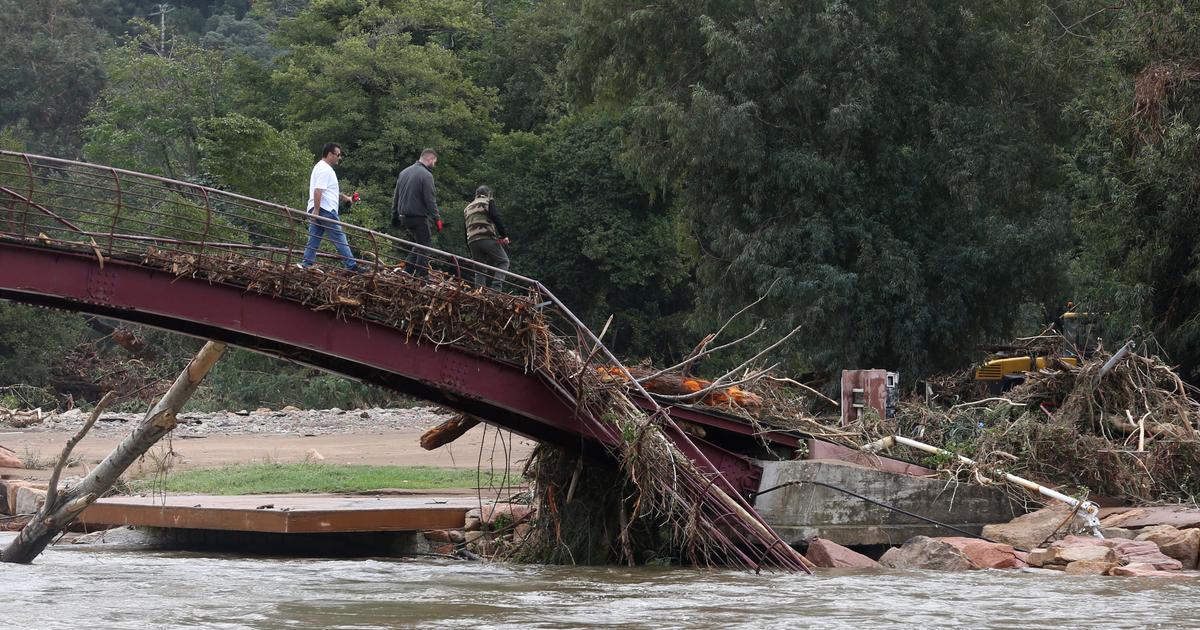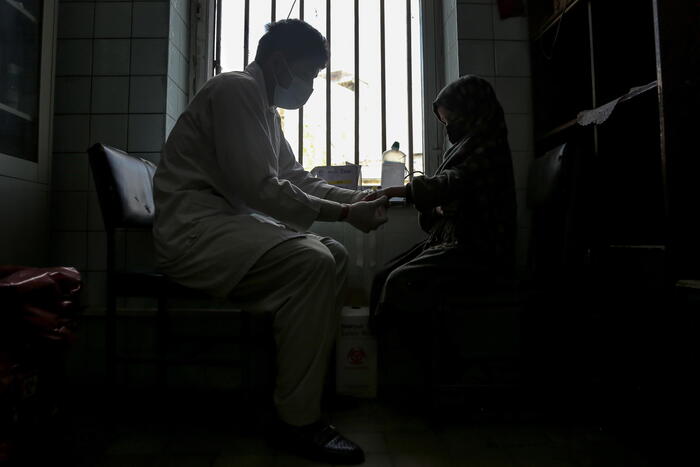By Lucas Thompson -
NBC News
Natural disasters forced an estimated 3.4 million Americans from their homes in 2022, according to Census Bureau data collected earlier this year, underscoring how climate-related weather events are already changing American communities.
The vast majority of these people were uprooted by hurricanes, followed by floods, fires, and tornadoes.
Almost 40% returned to their homes within a week.
Nearly 16% have not returned home (and may never) and 12% have been evacuated for more than six months.
[“We are approaching climate hell.” UN calls for taxing oil companies to address climate crisis]
The Census Bureau's count is based on 68,504 responses received as part of the Household Pulse Survey conducted January 4-16.
The data collection is one of the few federal efforts to track displaced people, beginning in 2020. The Bureau notes that the data is "experimental" and extrapolated from sample data.
Planet Earth: It is like Noah's ark but made of corn grains to protect them from a catastrophe
Jan 27, 202302:33
“These numbers are very discouraging,” says Michael Gerrard, director of the Sabin Center for Climate Change Law at Columbia University, who was not involved in the data collection.
“These figures are what one would expect to find in a developing country.
It's terrifying to see them in America.
They are only going to get worse in the coming years because climate change is making extreme weather events more frequent and more severe.”
Some states suffered a much greater impact than others.
Florida had more than 888,000 displaced and Louisiana more than 368,000.
The United States suffered a series of major catastrophes in 2022. According to the National Oceanic and Atmospheric Administration, 18 extreme weather events caused at least $1 billion worth of damage each.
Climate experts have warned for years that more intense weather catastrophes should be expected as global temperatures rise.
[How the climate crisis makes us sicker: Floods, heat and drought compound the risk of nearly 220 infections]
The Census Bureau estimate, nearly 1.4% of the adult US population, is higher than other estimates.
Data from the Internal Displacement Monitoring Centre, part of the Norwegian Refugee Council humanitarian organization, previously estimated that disasters would displace an average of 800,000 US residents a year between 2008 and 2021.
"The United States is absolutely not ready for this," Garrard said.
“Our settlement patterns have not reflected the emerging risks of the climate crisis to the livability of some parts of the country,” she added.
An aerial image taken on October 1, 2022 shows a broken stretch of Pine Island Highway and destroyed houses in the aftermath of Hurricane Ian in Matlacha, Florida. Ricardo Arduengo / AFP via Getty Images
The data showed that the more than half a million people who never returned home suffered multiple hardships, including lack of shelter, food, water, sanitation and childcare.
“These are all things that we take for granted in a modern society.
Their absence is profoundly detrimental to physical and emotional health, as well as child development," added Gerrard.
[Doctors denounce the “record benefits” of energy companies in the midst of a climate crisis that affects health]
The data also revealed disparities among people of different economic status, race, and identity.
Those earning less than $25,000 a year had the highest evacuation rate of all economic groups, with black and Hispanic residents having evacuation rates slightly higher than white residents.
According to the data, adults who identify as LGBTQ were disproportionately affected: 4% of LGBTQIA+ adults had to leave their homes compared to 1.2% of straight, cisgender people.
“It's important to note that many of these people who are LGBTQ are often considered to be socially vulnerable as well, and really put a strong intersectional lens on disaster response preparedness and recovery,” said Michael Mendez, a professor of environmental policy and planning at the University of California, Irvine.
“Much of the LGBT community socially vulnerable to catastrophes is African-American, transgender and low-income,” he said.
“They are often made invisible in the context of politics, planning and disaster preparedness.
People dismiss them as not needing additional resources for this community,” she added.








